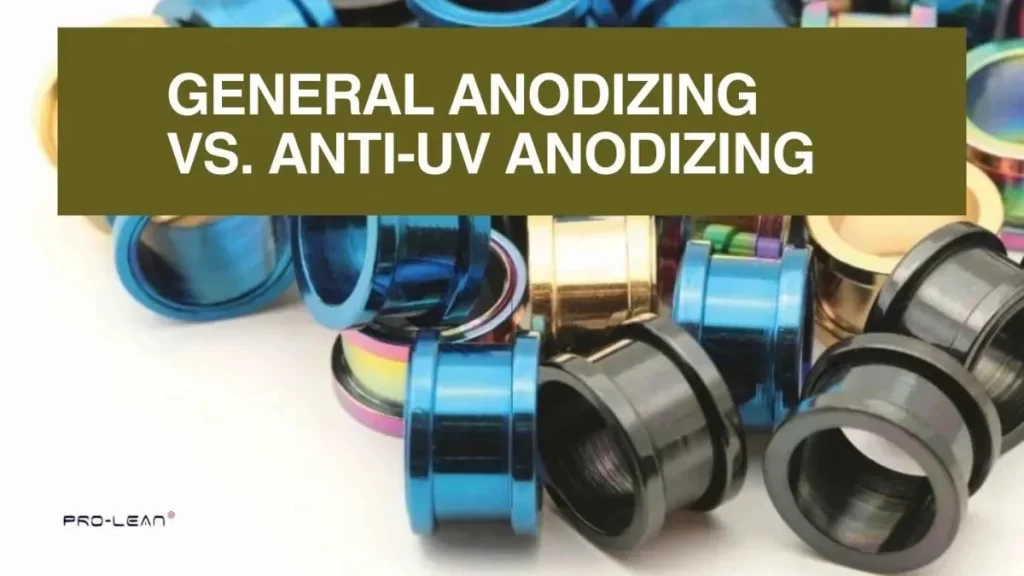
Metal parts must resist rust and withstand rigorous use. That’s why surface treatment plays a preeminent role. It isn’t just about looks, it’s about strength, UV defense, and long-lasting wear. Typically, the two most commonly used techniques are general anodising and anti-UV anodising.
A general anodised coating creates a protective layer on metal, particularly aluminium parts. It involves an electrochemical process that increases durability and corrosion resistance. However, regular anodizing has limits under intense UV light. That’s where UV resistant anodizing steps in.
It helps metal resist fading, cracking, and color loss. Mostly, its use is common in outdoor equipment and aerospace parts because it withstands sunlight and heat without degrading the parts/products.
Now compare that with a general coating. Anti-UV anodizing enhances colourfastness and provides a scratch-resistant finish. It also protects parts against UV, but primarily for surface shine and polish. It’s perfect when appearance matters just as much as protection.
Therefore, if strength and UV endurance are important factors, opt for anti-UV anodizing. If you want to shine with moderate UV defense, use a general anodizing approach. Each method has unique features. You can make a choice based on what your parts will be facing. Let’s explore these methods from a broader perspective.
What Is General Anodizing?
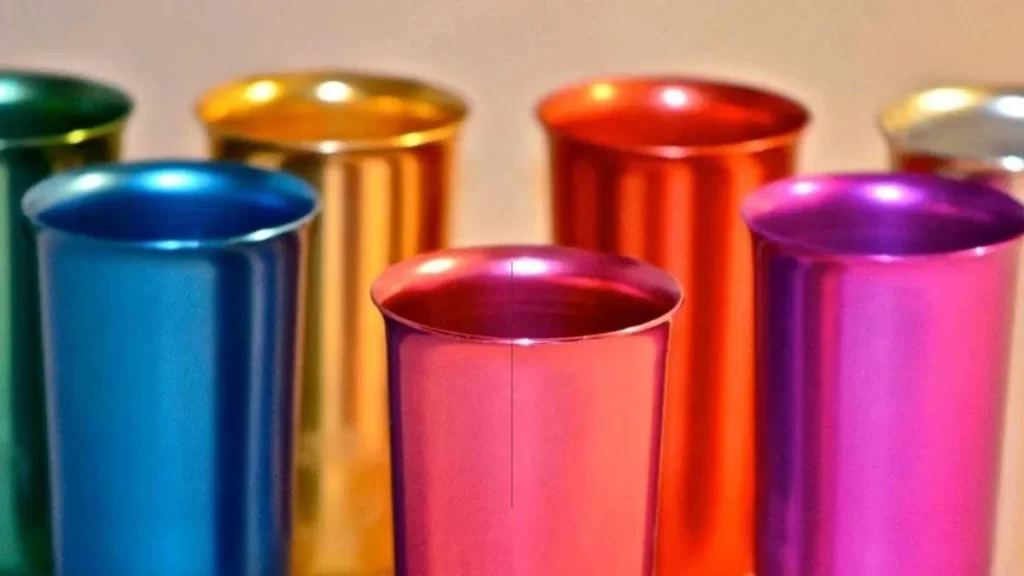
General Anodizing
General anodizing protects parts against corrosion and wear. It serves as an optimum solution for achieving these objectives. It produces an oxide layer that increases the strength of the machined parts.
Its implementation involves straightforward steps. It uses electricity to treat aluminum in acid to form a coating. An electrical process produces a dense layer of aluminum oxide that covers the material’s surface. The developed oxide layer is thicker than the standard aluminum oxidation.
The finished product develops a strong, durable shield that survives more extended usage. The treatment allows your components to withstand scratches, dents, and oxidation. The protection process yields exceptional results for objects that receive frequent use or are exposed to outdoor conditions.
Why General Anodizing Is Widely Used?
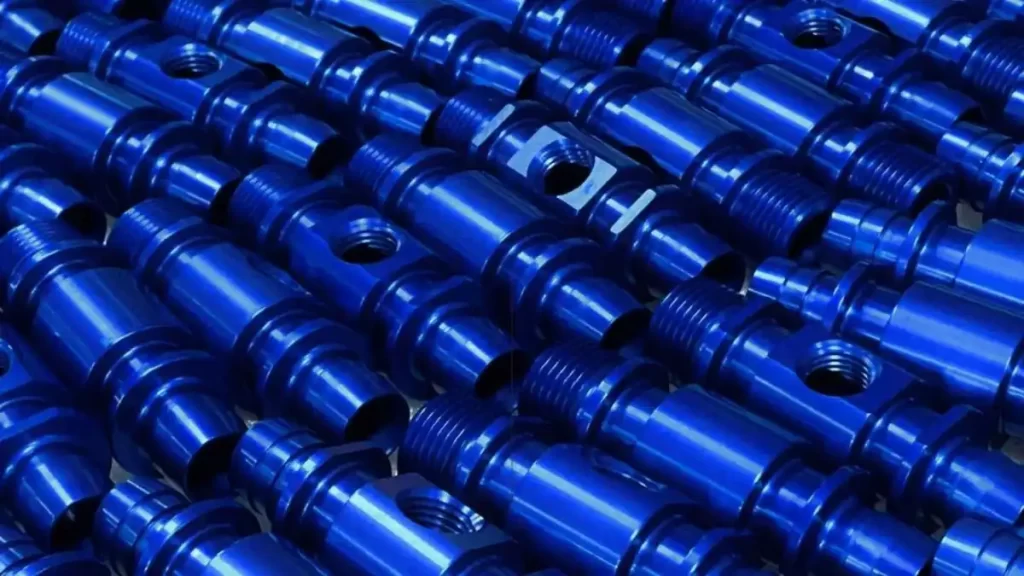
Benefits of General Anodizing
General anodizing provides substantial cost benefits for aluminum parts. It allows the treatment of large quantities of products with minimal investment. It is usually applicable in architecture, electronics, design, and structural purposes, as well as consumer goods production.
After the anodizing process, the surface develops microscopic holes. Such materials easily take up dyes. The surface becomes porous after anodizing. It allows it to easily absorb coloured dyes, creating durable, non-peeling, and non-chipping finishes.
Additionally, general anodizing has limitations in sunlight conditions. The protective layer of the material enables only partial UV ray blockage. Anodized aluminum colors exposed to outdoor light will fade over time. So, due to these limitations, it is preferably used for indoor or low-UV environments.
Try Prolean Now!
Unique Features of General Anodizing
Here are the common features of general anodizing;
Corrosion Resistance
General anodizing serves as a protective shield against rust and metal deterioration. The anodized aluminum develops a solid and durable oxide shield. The formed protective layer blocks water vapor, air, and chemical substances. It maintains excellent durability due to its protective coating. It is preferably used in indoor applications.
Surface Strength
General anozidizing strengthens components without changing their characteristics and dimensional structure. On top, it does not cause damage, scratches, or dents to the material. It is particularly effective on tools, panels, and hardware, since these items require long-term strength and sterility. For more strength, you can also use hard coat anodizing.
Color Options
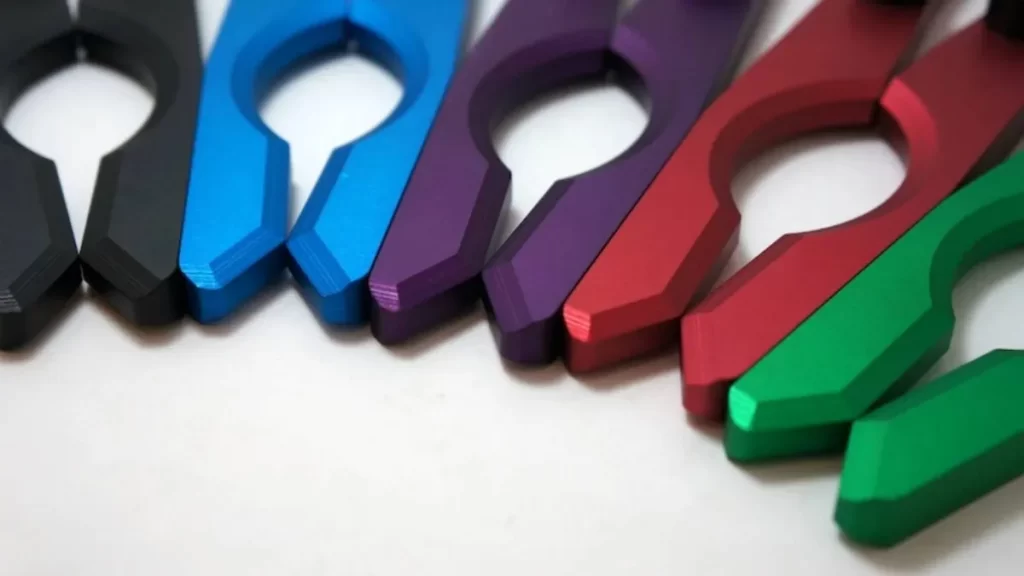
General Anodizing Colors
General Anodizing allows you to apply different pigments to metal surfaces. The anodized surface becomes ready to receive dye for absorption. You can easily generate custom color schemes and match brand colors through it. The cosmetic color maintains its visibility because it successfully withstands regular wear while staying attached to the material.
Heat Resistance
In fact, anodized coatings are thermal insulators, and thick coatings can reduce thermal conductivity. General anodizing works effectively for components used in hot engine and machinery areas.
Electrical Insulation
Through general anodizing, the outer metal part becomes electrically insulated. The non-conductive surface of the anodized layer protects these parts when they are positioned close to electronic systems. The shield is created through general anodizing, ensuring the safety of electronic devices while mitigating the risk of electrical connections and high-voltage surges.
Applications of General Anodizing
Let’s discuss the major applications of general anodizing.
Architecture and Construction
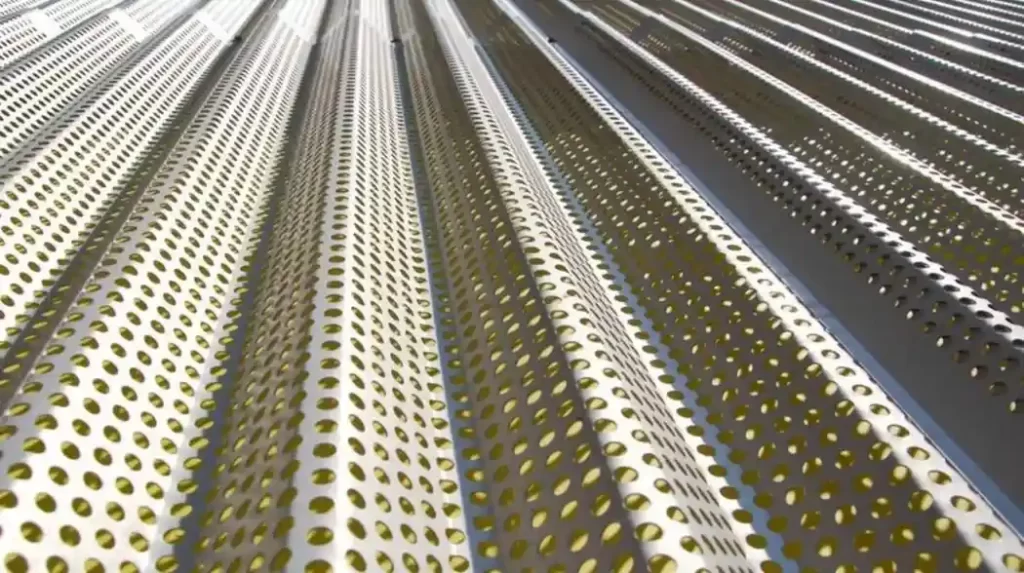
Anodized Aluminum for Architecture and Construction Use
General anodizing has become indispensable in architectural applications, such as window frames, curtain walls, and exterior cladding. Through anodization, metal receives better protection against weather and corrosion in addition to attractive visual attributes.
Automotive and Aerospace
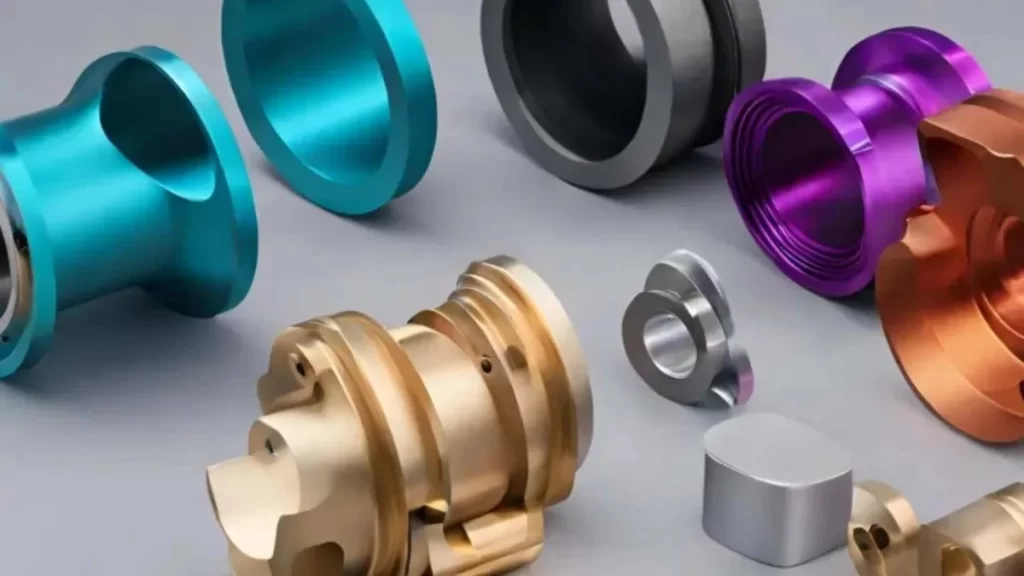
Automotive Anodized Parts
The automotive and aerospace sectors employ general anodizing to protect trim components, panels, and interior system elements. It provides exceptional protection against wear and corrosion, safeguards lightweight elements, and preserves their durability. For a sleek, deep finish, many auto parts use black anodizing.
Consumer Electronics
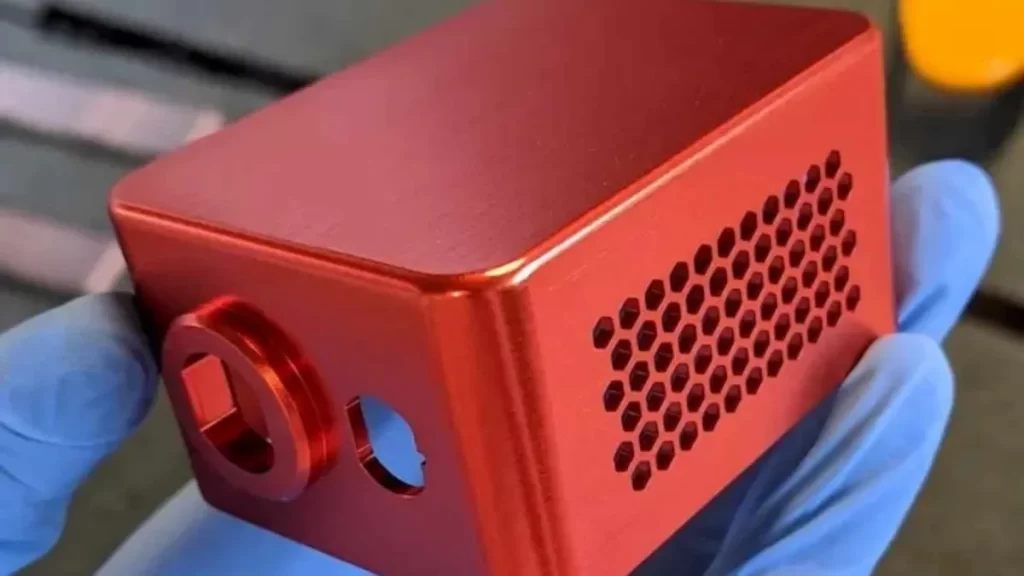
Anodized Electronics Enclosure
In consumer electronics, black anodize UV resistance coatings are applied on smartphones, laptops, and tablets. The anodized finish protects equipment surfaces from abrasion, extends the operational life of products, and ensures a modern, sleek appearance.
Household Goods and Cookware
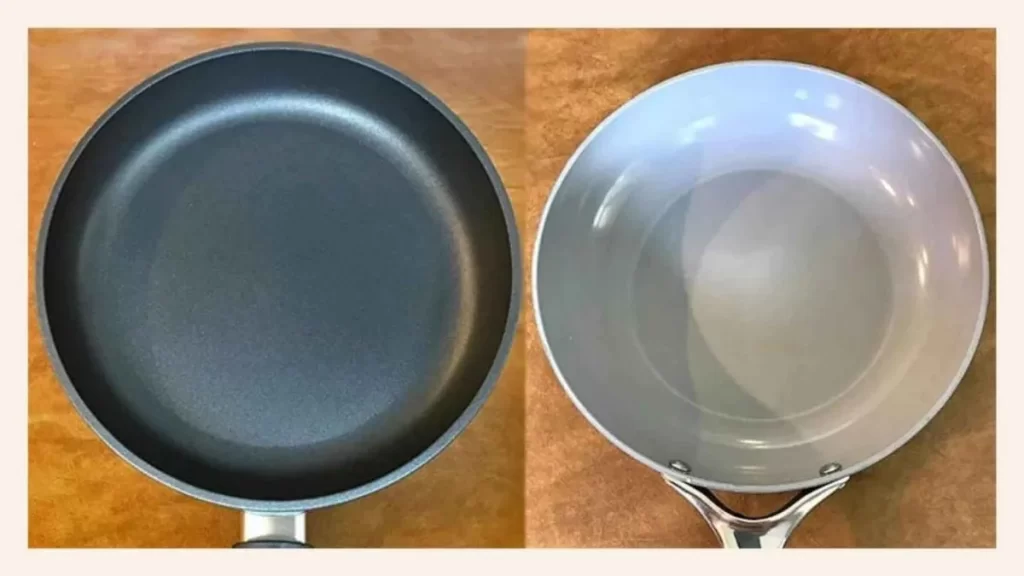
Household Anodized Cookware(Pans)
Cookware, outdoor furniture, and sporting goods products use general anodizing. It provides products with extended durability, heat resistance, and preserves their visual quality during prolonged usage.
Marine Applications
General anodizing protects marine components, such as boats and docks, against saltwater corrosion.
Try Prolean Now!
Pros of General Anodizing
The unique advantages of general anodizing include;
Excellent Durability
The protective (anodized) layer enables the extended operational life of components. The strength of metal remains constant across typical and extreme applications.
Aesthetic Customization
The porous texture of anodized metals accepts various colored dyes and shade options, meeting all requirements for both functional and decorative products.
Cost-Effective
General anodizing is comparatively affordable. The process delivers exceptional value to projects that require a large-scale application.
Environmentally Friendly
General anodizing stands out from various surface treatments due to its environmental friendliness. It forms an inert, non-toxic oxide coating. So, it offers ecological advantages, as it eliminates the use of paints containing hazardous chemicals.
Low Maintenance
General Anodized products need minimal upkeep. The material withstands environmental harm and maintains an excellent appearance retention.
What Is Anti-UV Anodizing?
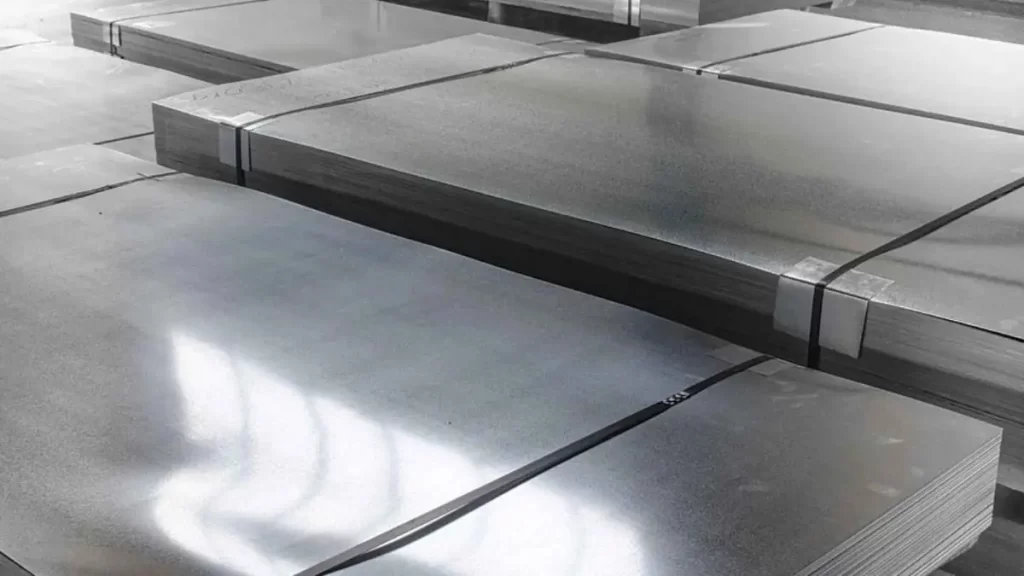
UV Resistant Anodizing
The major difference of UV resistant anodizing is the layer’s thickness. General/Regular anodizing provides approximately 10-25 μm of coverage. With anti-UV anodizing, you can achieve a thickness of 20 to 30 μm.
More thickness means more defense and protection. You’re not just fighting corrosion; you’re guarding against deep surface damage. The part becomes more resistant to temperature shifts, weather changes, and even impact.
That’s precisely why this process is trusted across high-stress sectors. Aerospace, marine, and automotive industries rely heavily on it. If your parts are exposed to the sun, salt, or extreme heat, anti-UV anodising is a surface treatment you should consider.
Key Features of UV Resistant Anodizing
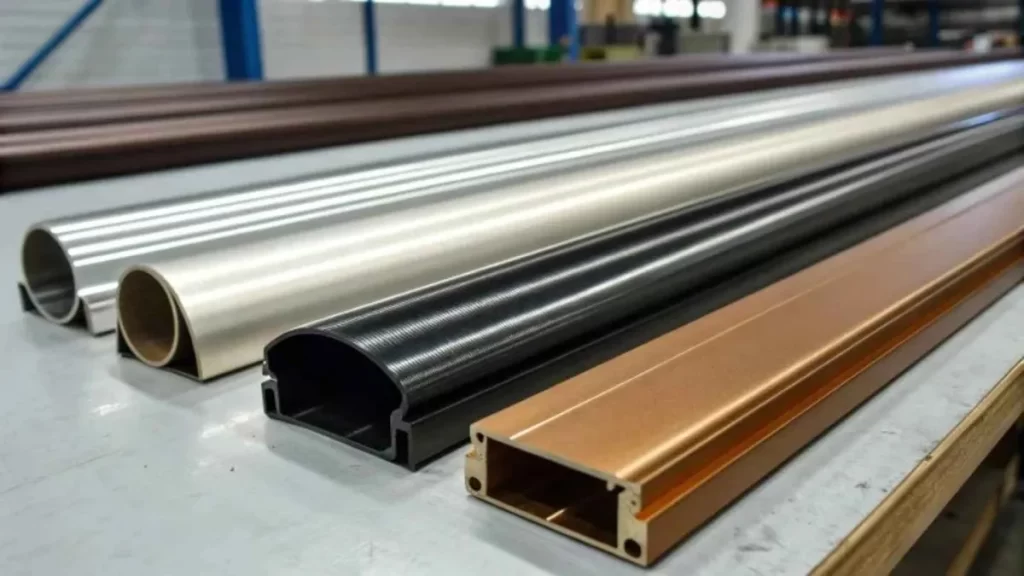
UV Anodizing For outdoor Use Products
Likewise, general anodizing, also features unique characteristics;
UV Resistance
Your parts must be protected from colour fading. The protective layer formed by anti-UV anodizing blocks incoming ultraviolet rays. It protects the colour and structure of the metal throughout years of exposure.
High-Temperature Resistance
The parts used in outdoor conditions often experience frequent temperature changes. Heat does not affect the anodized layer. Such protection endures strongly against engine heat as well as direct sunlight exposure. The material proves suitable for automotive, avionic, and high-mechanical applications.
Thicker Protective Layer
A protective coat measuring 20–30 μm offers your items substantial protection. Standard anodized coatings receive additional protection from the thicker layer, which extends 3 times. The added thickness increases the time before any mechanical failure happens.
Durability That Lasts
The protective coating delivers high performance and a great visual appearance. The parts are resistant to corrosion, scratches, and UV exposure. Moreover, the replacement parts and maintenance repairs are shortened.
Applications of Anti-UV Anodizing
Here are the common uses of UV resistant anodizing;
Architecture and Building Exteriors
The process is used to protect building facades, window frames, and curtain walls that are exposed to sunlight. It keeps metals attractive and operational throughout their lifespan. Anodized surfaces remain durable and retain their appearance, even after prolonged exposure to sunlight.
Automotive and Transportation
Automotive manufacturers apply it to exterior components, including trim elements, grille components, and roof racks. When installed on materials in hot and bright environments, it protects against fading effects.
Outdoor Furniture and Fixtures
Anti-UV coating helps protect railings and benches from fading and damage that typically occurs due to constant exposure to the sun. It retains a new appearance and durability against wear and corrosion. So, it extends the product’s lifespan outdoors.
Marine and Coastal Applications
Marine environments damage metals by combining exposure to saltwater with UV sunlight. The protection provided by UV resistant anodizing works well within demanding environmental conditions. Outdoor exposure to sunlight and moisture does not diminish the strength or appearance of boats, docks, and marine hardware.
Solar Energy Equipment
The areas where solar panel structures are typically installed experience intense sunlight exposure. The framing materials benefit from anti-UV anodizing treatments because they remain durable even in prolonged exposure to sunlight.
Pros of Anti-UV Anodizing
Let’s discuss the benefits of anti-UV anodising.
Longevity
The lifespan of components substantially increases when UV protection is implemented. The protective nature prevents UV radiation from causing damage to your parts. It is used on parts that are used in buildings and outdoor furniture, and require a prolonged service life.
Color Retention
The anti-UV anodized finish retains its colour by protecting it from fading. This benefit is not typically achieved through general anodizing processes. It establishes long-term resistance that stops dyes from disappearing quickly. High-visibility and decorative applications benefit from the strong color retention of the UV resistant anodized surfaces.
Low Maintenance
The treated surface needs minimal maintenance after anodization treatment. The protective coat shields the surface from damage. This makes it less susceptible to chalking, fading, or corrosion. The components maintain their fresh appearance without requiring additional maintenance, as the protective layer shields them from degradation.
Cons of Anti-UV Anodizing
- The price of UV resistant anodizing treatment is higher than the cost of standard anodizing.
- Additional processing steps and different dye materials also increase the product cost.
- The higher cost makes it not beneficial for large or cost-effective projects.
- The availability of anti-UV anodizing service also presents a significant challenge. It is not available at every shop.
- Even after prolonged exposure to sunlight, there is a possibility that some dyes may fade.
- It develops gradually, but its effects may become apparent over extended periods.
- The procedure of UV resistant anodizing takes more time than general anodizing.
- The procedure requires additional time because it includes sealing and dyeing steps.
- Complete production times become extended as a result of performing all required steps.
Differences Between General Anodizing Vs Anti-UV Anodizing?
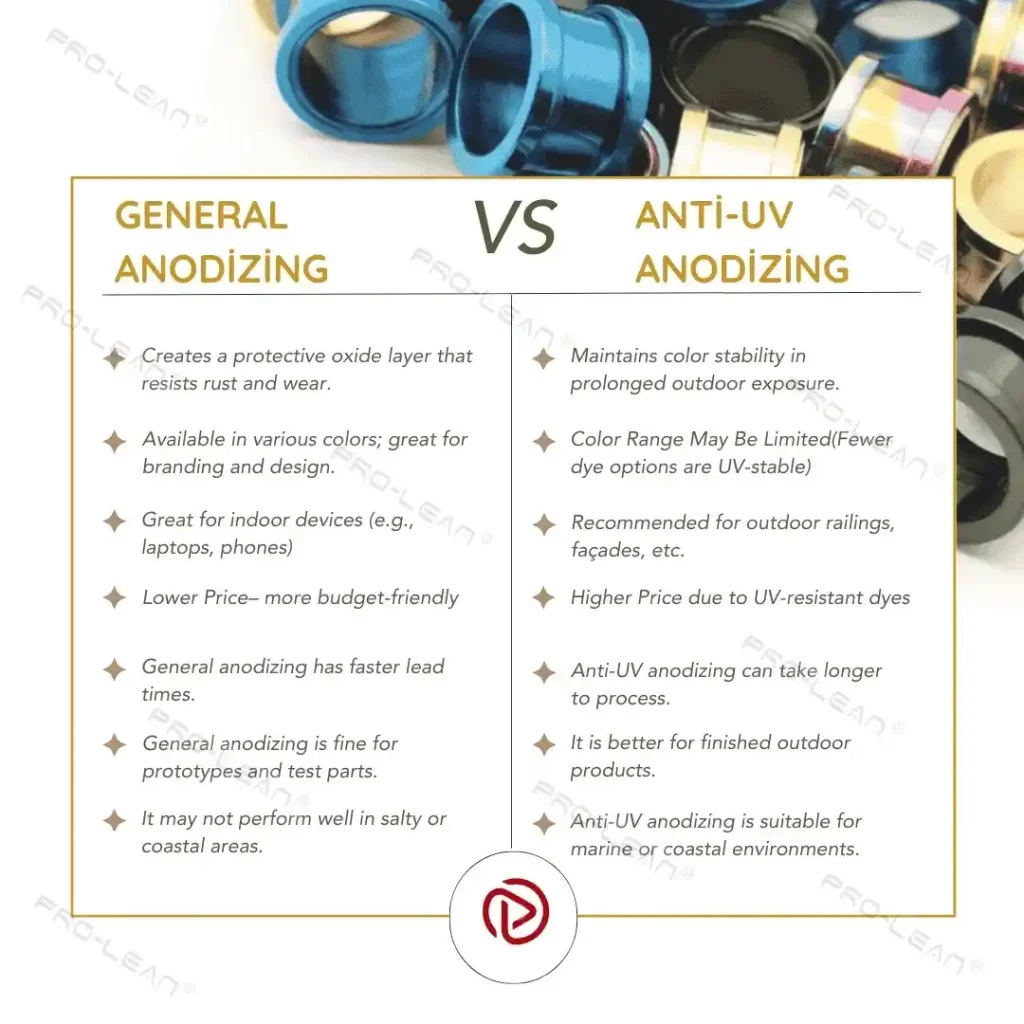
Infographic: General Vs Anti-UV anodizing
Let’s explore the differences between general and anti-UV anodizing.
Film Thickness
General anodizing forms an overall thickness of 5 to 25 microns. It creates two layer thicknesses for decorative use, ranging from 5 to 10 microns. Fat layers, ranging from 15 to 25 microns. On the other hand, a longer 20-50 micron form layer develops through UV resistant anodizing to deliver improved durability and strong UV protection.
Corrosion Resistance
General anodized metal provides adequate protection in less corrosive environments. The material loses strength over time when exposed to aggressive conditions, including breezes containing salt. In contrast, anti-UV anodizing combines additional sealing measures. This makes the material more resistant to UV radiation while protecting against acid rain and harsh weather conditions.
UV Resistance
General anodized metal does not exhibit reliable protection from UV rays. Therefore, ongoing exposure to sunlight leads to fading, discoloration, and the formation of a white powder on the surface, which is known as chalking.
In comparison, using UV-resistant additives and sealing processes protects surfaces from sunlight damage during anti-UV anodizing treatment.
Hardness
General anodizing provides surface hardness, enabling the material to develop resistance to light scratches. The surface gradually diminishes as it remains in contact with the material. The application of anti-UV anodizing treatment results in increased material hardness. The protection against high-friction and impact situations becomes more effective in outdoor applications with anti-UV anodizing.
Coating Type
The porous anodic coating allows general anodized surfaces to retain dye components. On the other hand, the sealed coating of Anti-UV anodizing provides less surface permeability. The coated surface resists staining, chemical harm, and UV radiation.
Final Thoughts

Proleant Tech’s Anodizing Service
Choosing the right anodizing process depends on the specific needs of your project and the intended application of the part. General anodizing provides excellent protection against corrosion and wear. It is ideally used for indoor and moderately outdoor environments. However, its cost-effectiveness and versatility make it perfect for a wide range of industries.
On the other hand, if your parts need to be exposed to intense sunlight or harsh outdoor conditions, then UV anodizing is a better choice. It provides extra UV protection, allowing your metal surfaces to remain intact and retain their color even under prolonged exposure to the sun.
Understanding the differences between these two anodizing methods helps you pick the best solution for your specific requirements. If still confused, reach out to our teams to make an optimum choice for your project. We provide a one-stop solution for Anodizing Service.
FAQ’s
Q1: What are the different types of anodizing?
There are three common types of anodizing. Type I: It uses chromic acid to create a thin, rust-free layer. It is an ideal option when you need protection without adding weight.
Type II: It uses sulfuric acid. It allows for vibrant color dyeing. If you’re looking for a durable finish and a stylish aesthetic, this is your go-to choice. Type III: It is known as hard anodizing, and produces a much thicker and tougher layer. It’s often used in heavy-duty applications, such as aerospace and military equipment.
Q2: Is anodizing UV resistant?
Yes, anodizing is somewhat UV resistant. Clear anodized parts can degrade more quickly than dyed parts due to the absence of UV absorbers, particularly in marine or outdoor environments. To keep the color longer, the surface needs proper sealing.
Q3: Is black anodize highly resistant to deterioration to UV exposure?
Black anodized aluminum has good resistance to UV exposure. But the black color can fade over time if organic dyes are used. For better UV stability, inorganic formulated UV-resistant dyes are used.

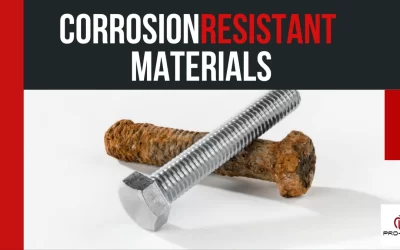
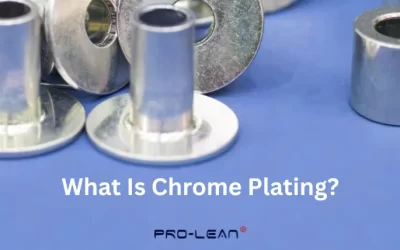
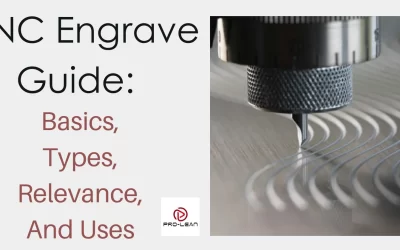
0 Comments